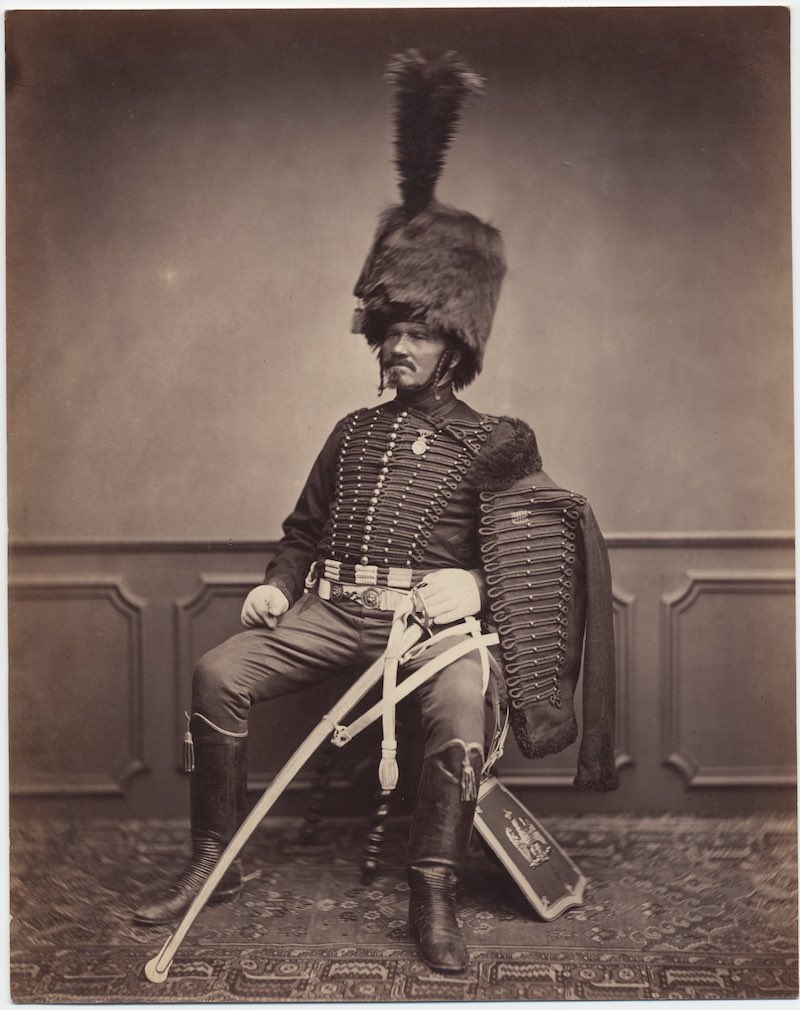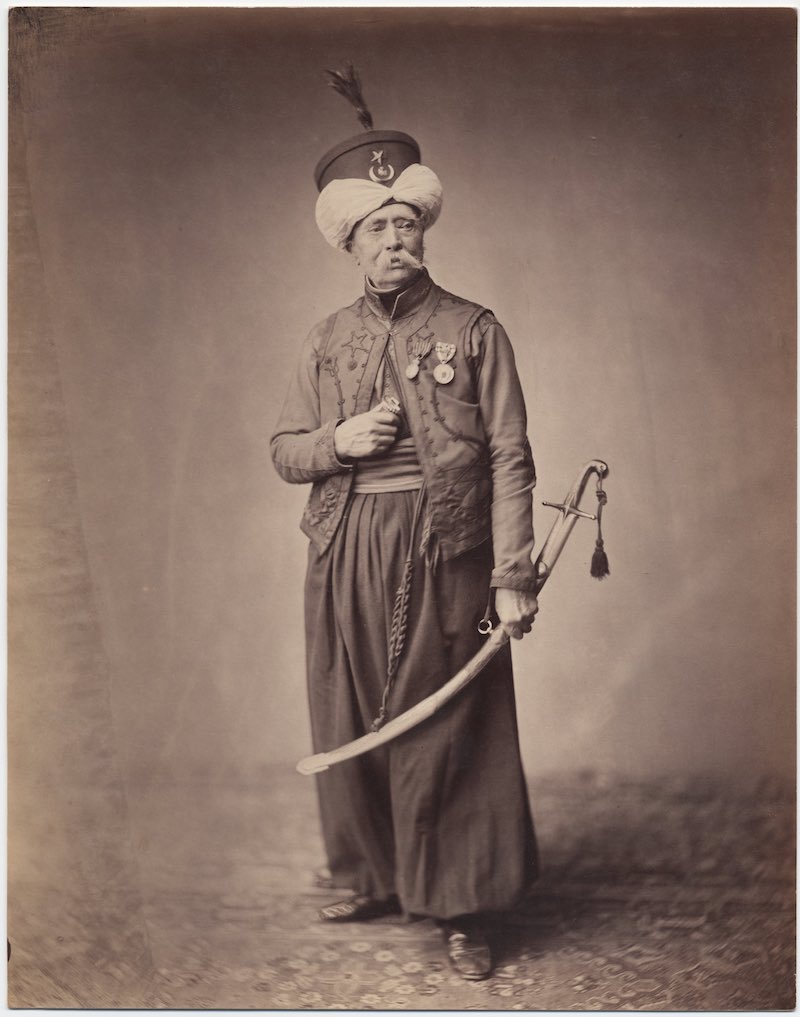As much fun as Americans have on Halloween, we could learn a thing or two from the Mexicans. Their Día de los Muertos, the celebration of which spans October 31 to November 2, gets more elaborate, more serious, and somehow more jovial at the same time. The robust Mexican culture of Los Angeles, where I live, assures us a range of Día de los Muertos festivities each and every year, most impressively the well-known cross-cultural blow-out at the Hollywood Forever Cemetery. But I passed my most memorable Día de los Muertos on the campus of the Universidad Nacional Autónoma de México where, the year I went, they’d put together an entire field of shrines to the dead, normal enough for the holiday, but that time around they’d decided to theme them all after Jorge Luis Borges stories. (An Argentine, yes, but this has become a Latin American holiday.) Every so often, the power went out — Mexico City, remember — plunging the thousands of us there amid the hundreds of representations of “The Aleph,” “Funes the Memorious,” and, appropriately, “The Garden of Forking Paths,” into periodic darkness.
As much as I would recommend such an experience, maybe you wouldn’t want to make it your introduction to the Mexican Day of the Dead. Maybe you’d prefer this short film from famed designers (and, perhaps not coincidentally, Angelenos) Charles and Ray Eames, a film that paints a portrait of Día de los Muertos through its icons and artifacts just as their acclaimed Powers of Ten painted a portrait of Earth at every scale. “In Mexico,” explains its narrator, “an intimate acceptance of death extends far back into pre-Hispanic times. In the Aztec culture which preceded the coming of the Spaniards, death shows itself again and again — a familiar image. These ancient things of this land were joined over the centuries with the Spanish celebration of All Souls. Together they form a universal festival of many facets and many dimensions — the Day of the Dead.” Through its cempasúchitl flowers, its sugar skulls, and, yes, its angel-guiding rockets, The Day of the Dead examines just what this endlessly fascinating holiday has, over the centuries, come to mean.
The Day of the Dead (1957) will be added to our big collection, 4,000+ Free Movies Online: Great Classics, Indies, Noir, Westerns, Documentaries & More.
Related Content:
Down to the Bone: A Claymation for The Day of the Dead
Charles & Ray Eames’ Iconic Film Powers of Ten (1977) and the Lesser-Known Prototype from 1968
Charles and Ray Eames’ Powers of Ten: The Classic Film Re-Imagined By 40 Artists
Colin Marshall hosts and produces Notebook on Cities and Culture and writes essays on cities, language, Asia, and men’s style. He’s at work on a book about Los Angeles, A Los Angeles Primer. Follow him on Twitter at @colinmarshall or on Facebook.






